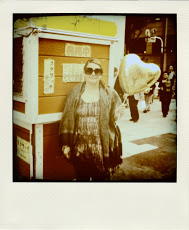Bad Boy Gauguin
Me and Webster
On our last night in Phoenix, Dan and I attended their local Ignite event held at the Phoenix Art Museum. It was great and if you are so inclined, you can read more about what I thought on the Ignite London blog.
While at the museum, I was delighted to find this picture of Noah Webster
It was a wonderful way to spend our last night in the desert.
Update: After a little bit of Googling, I just realised that Kusama
Inspiring Photographer - Olivier Valsecchi
I came across the work of photographer Olivier Valsecchi via the great blog 500 Photographers, which aims to introduce its readership to the work of some of the most exciting contemporary photographers from around the world. I've discovered a lot of great stuff through them.
I've always loved portraiture in all mediums, probably in part because the act of taking portraits of other people makes me feel awkward. I love taking photographs but generally, I stick to subject matter that is inactive and inanimate. I'm okay with taking spur of the moment photos of people at parties and on the sly while wandering around, but as soon as my subject is actively aware and participating in a formal photograph I just feel insecure and unsure about what I want to do. Something to work on I guess.
Valsecchi's Dust series (2009) is an interesting middle point because although it's technically portraiture, he's using the body almost as if it's inanimate or secondary. In his work, the body is a surface over which to bounce light and powder. The results are stunning and the physical bodies look quite abstract to me. Brilliant idea.
The above image is from Valesecchi's website and can be found under Dust.
Beautiful Sketches of Productivity
IOGraphica is free to download. You turn it on in the morning, minimise the little window and forget about it. While you're working, it tracks your mouse movements, showing larger spotches when your mouse has stayed over one place for a prolonged period of time. If you are especially pedantic, you can pause the program when you leave your desk or during lunch breaks - but I tend to let it run. At the end of the day, you have a record of your mouse movements - a beautiful imprint of your productivity.
As Dan says, I'm sure I'll get tired of looking at these, but for now I think they're lovely. Click on any of the images below to enlarge them.
Day 1 - 3.5 Hours
Day 2 - 6.5 Hours
Day 3 - 7.7 Hours
Day 4 - 7.9 Hours
Isadora Duncan
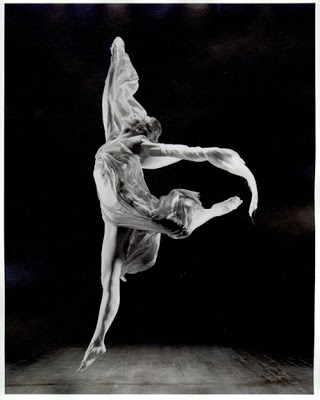
Duncan's fondness for flowing scarves which trailed behind her was the cause of her death in a freak automobile accident in Nice, France, on the night of September 14, 1927, at the age of 50. The scarf was hand-painted silk from the Russian-born artist Roman Chatov. The accident gave rise to Gertrude Stein's mordant remark that "affectations can be dangerous."
Duncan was a passenger in the Amilcar automobile of a handsome French-Italian mechanic, Benoît Falchetto, whom she had nicknamed "Buggatti" (sic). Before getting into the car, she said to a friend, Mary Desti (mother of 1940s Hollywood writer-director Preston Sturges), and some companions, "Adieu, mes amis. Je vais à la gloire!" ("Goodbye, my friends, I am off to glory!"). However, according to the diaries of the American novelist Glenway Wescott, who was in Nice at the time and visited Duncan's body in the morgue (his diaries are in the Beinecke Library at Yale University), Desti admitted that she had lied about Duncan's last words. Instead, she told Wescott, the dancer actually said, "Je vais à l'amour" ("I am off to love"), which Desti considered too embarrassing to go down in history as the legend's final utterance, especially as it suggested that Duncan hoped that she and Falchetto were going to her hotel for a sexual assignation.
Whatever her actual last words, when Falchetto drove off, Duncan's immense handpainted silk scarf—a gift from Desti that was large enough to wrap around her body and neck and flutter out of the car, became entangled around one of the vehicle's open-spoked wheels and rear axle. As The New York Times noted in its obituary of the dancer on September 15, 1927, "Isadora Duncan, the American dancer, tonight met a tragic death at Nice on the Riviera. According to dispatches from Nice Miss Duncan was hurled in an extraordinary manner from an open automobile in which she was riding and instantly killed by the force of her fall to the stone pavement." Other sources describe her death as resulting from strangulation, noting that she was almost decapitated by the sudden tightening of the scarf around her neck.
The beautiful image above is from Mushin.
Obsessive Compulsive Thinking Turns Me On
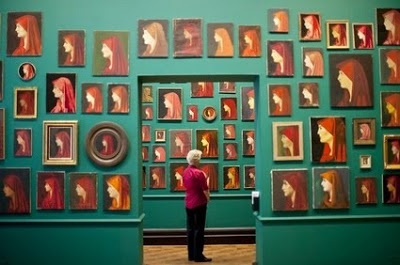
(image from We Make Money Not Art)
On September 20th the wonderful exhibition Fabiola closed at the National Portrait Gallery. I was lucky enough to see it in passing one day while en route to meet a friend for an afternoon drink. It is a wonderful example of passion fueled by what I think of as a creative form of OCD. Julia Child had it for cooking and clearly this guy, Francis Alÿs , had it for the Christian Saint Fabiola.
From the National Portrait Gallery website:
Created by the internationally acclaimed artist Francis Alÿs, Fabiola is an installation of hundreds of portraits of a fourth-century Christian saint. These portraits, including paintings,embroidery and miniatures, are all versions of the same nineteenth-century original, and were gathered by the artist from flea markets, antique shops, and private collections. This is a fascinating exploration of a portrait that has become an icon.Incidentally, Saint Fabiola was a happy lass who
renounced all that the world had to offer her, and devoted her immense wealth to the needs of the poor and the sick. She erected a fine hospital at Rome, and waited on the inmates herself, not even shunning those afflicted with repulsive wounds and sores. Besides this she gave large sums to the churches and religious communities at Rome and other places in Italy. All her interests were centered on the needs of the Church and the care of the poor and suffering.(Source: Wikipedia )
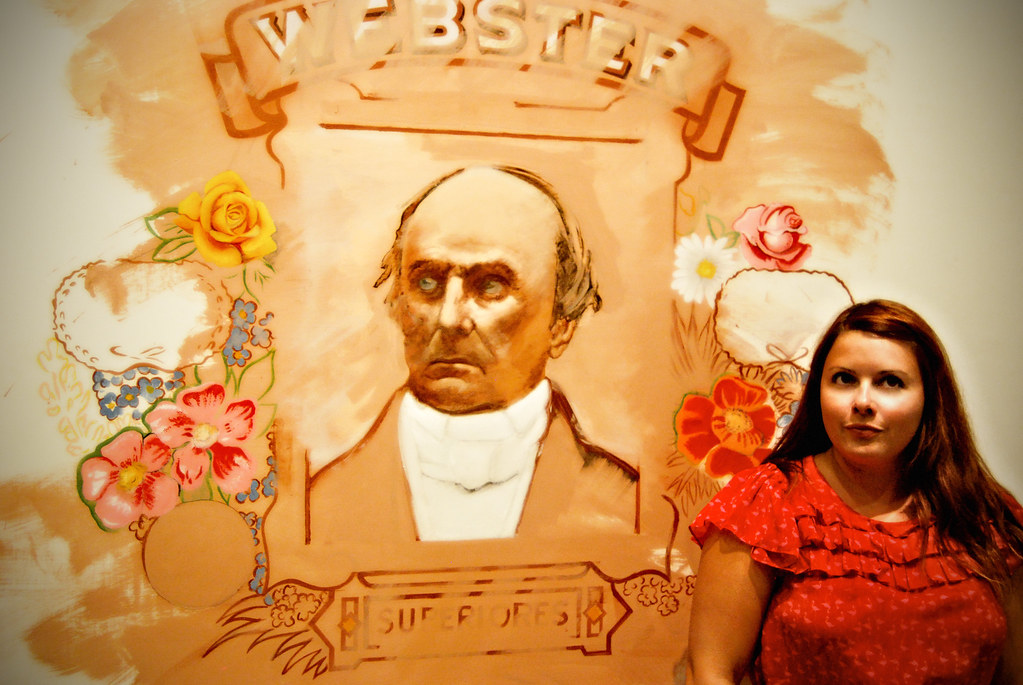
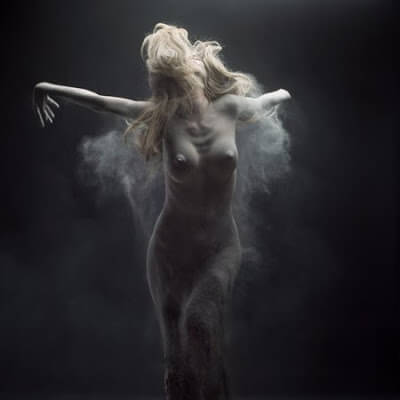
.png)
.png)
.png)
.png)
